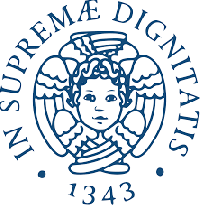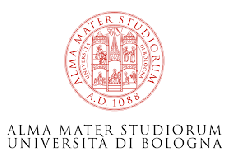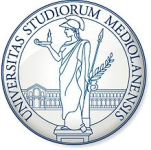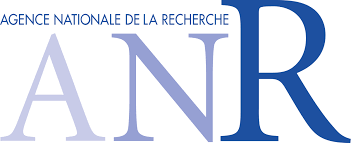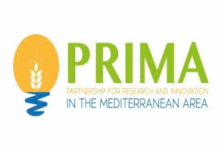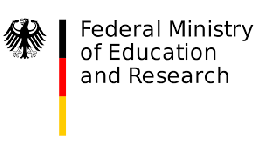ABOUT US
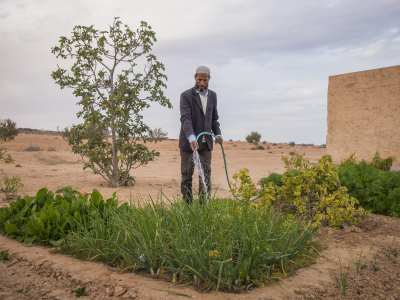
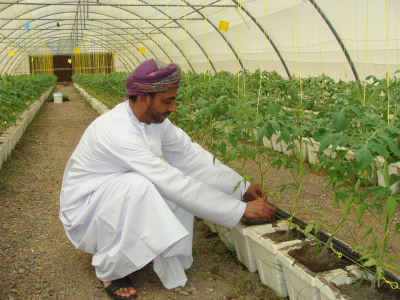
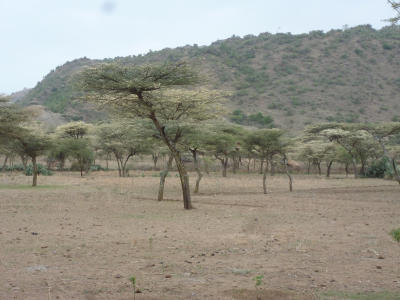
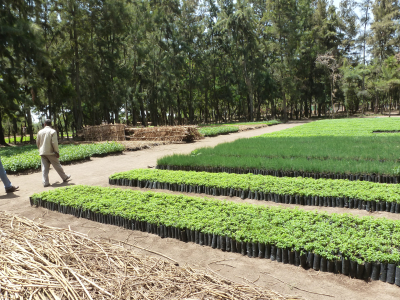
This project moves from the IMTA approach towards an innovative self-sufficient integrated multi-trophic aquaponic system (SIMTAP) for small scale, labour-intensive and environmentally-friendly marine fish and halophytic plants production adapted to the typical socio-economic and climatic condition of Mediterranean areas. Among the culture systems, conventional marine net-pen has the lowest impact, while typical land-based freshwater recirculating system has a much higher impact, due to a large use of materials and energy, at least an order of magnitude higher than those of the net-pen. The ecological footprint is a measure for the natural ecosystem area needed to support the farming process. Tyedmers assessed that in British Columbia (Canada) on a species specific basis, farmed chinook salmon (Oncorhynchus tshawytscha) appropriated the largest total area of ecosystem support at 16 ha/tonne, followed by farmed Atlantic salmon (Salmo salar) at 12.7 ha/tonne, and commercially caught chinook and coho salmon (Oncorhynchus kisutch) at 11 ha/tonne and 10.2 ha/tonne, respectively (Tyedmers, 2000). The current increase of terrestrial vegetable proteins in fish feed has serious implications on the LCA. Modern feed mills use energy-intensive processes to remove polychlorinated biphenyls (PCBs) from wild fish and so called antinutrients from terrestrial plants, in order to achieve an acceptable feed digestibility in farmed fish. It should also be noted that some fishmeal and fish oils are made from wild fish containing high levels of heavy metals, dioxins and PCBs, which are considered unsuitable for processing. It is technically possible to decontaminate fish oil, but this of course increases its price (Le Gouvello et al., 2017). Therefore, the aquaculture industry, which is forecasted to grow dramatically over the next decades (WBR, 2018), needs alternative sources, for instance insects, zooplankton and deposit/filter feeders, as fish feed (FAO, 2013).
